Physiotherapist Marlies Ziegler explains how respiratory physiotherapy for COPD works. In addition, she presents three simple breathing exercises. The exercises increase the ribcage’s flexibility and they can reduce shortness of breath, coughing and hyperinflation, as well make it easier to dislodge mucus from the bronchial tubes. This time she shows the exercise “Standing Crescent Moon”.
Marlies Ziegler: COPD stands for chronic obstructive lung disease. COPD patients commonly experience shortness of breath and sometimes have a great deal of mucus in the bronchial tubes. In most cases the lungs hyperinflate and lose elasticity.
Emphysema can develop as the disease progresses. Chronic inflammation in the lungs often makes them highly susceptible. Coughing is a major problem and in the later stages of the disease there is the additional problem that mucus is not as easy to get out of the lungs. Not every patient experiences all of the symptoms to the same degree. This depends on the stage of the disease, but is also due to every person being different.
Breathing exercises are appropriate for all COPD patients regardless of the stage of the disease. Because the disease can alter the muscular situation. Subsequently, the ribcage can become more rigid and stiffer, which negatively impacts breathing, fitness levels and capacity to perform routine activities.
Marlies Ziegler: Breathing exercises and exercises which improve ribcage flexibility help ease the symptoms of COPD. The exercises help the system referred to as the respiratory pump work better. The respiratory pump includes the respiratory centre and the peripheral nerves, the bony ribcage, the muscles of breathing, and the accessory muscles of breathing. The exercises make the respiratory pump more flexible, which helps patients better manage their symptoms.
Marlies Ziegler: I chose these exercises because they are easy to incorporate into one’s daily routine and can also be done by patients who are no longer as flexible as they once were.
This exercise stretches your sides and mobilises your ribs, relaxing your muscles. A stretched ribcage can more assist with the movements of breathing, making it easier to breathe. How to do this exercise:
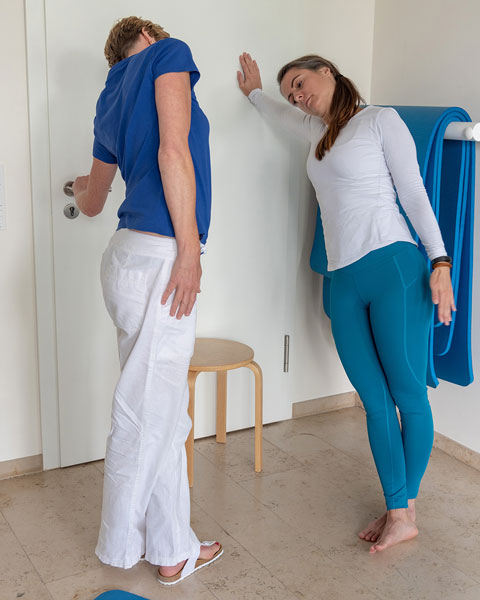
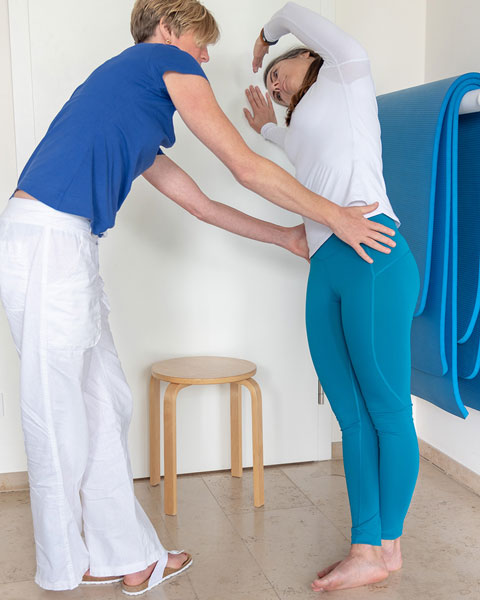
The focus of this exercise is on the spine’s rotational movement. You also will stretch the pectoral muscles, which also act as accessory muscles of breathing. How to do this exercise:
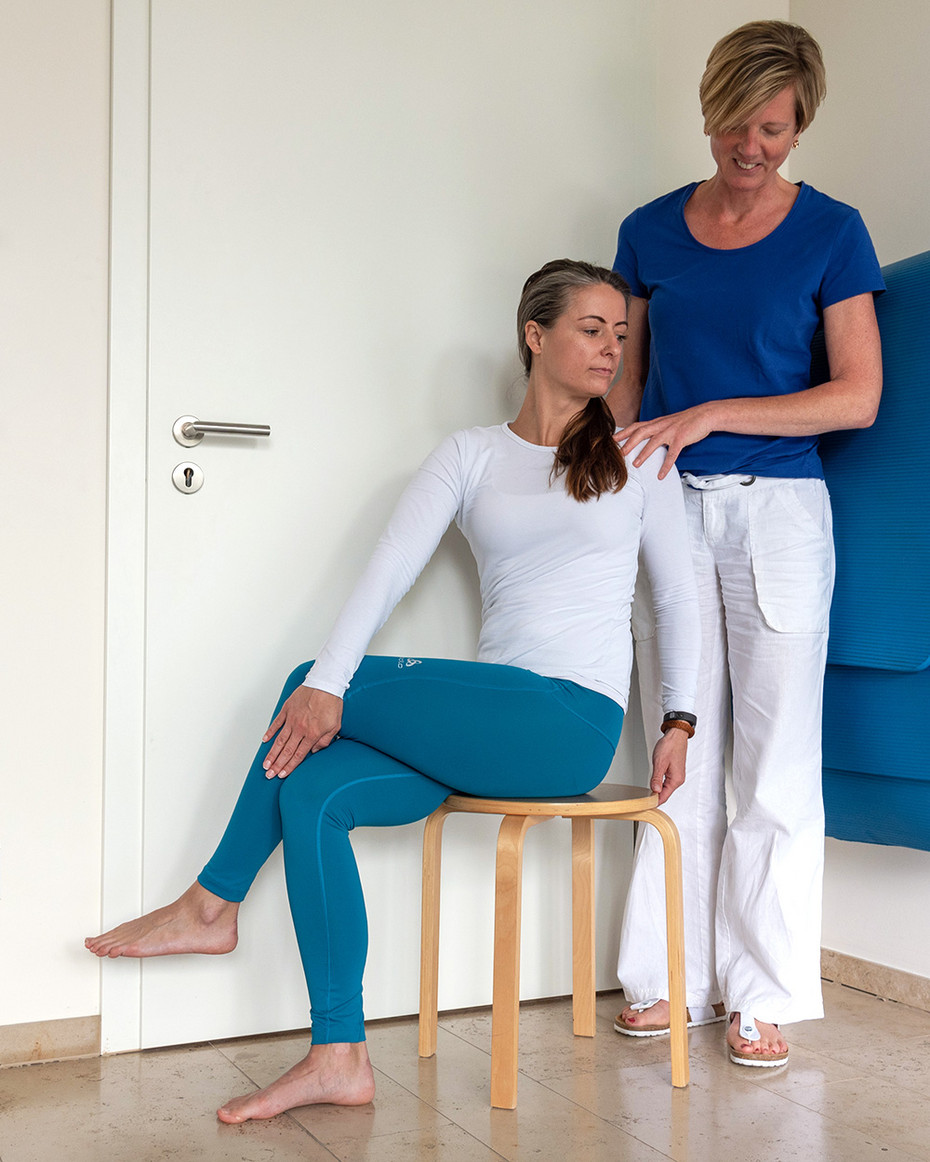
This exercise mobilises the cervical spine and the ribs and stretches the pectoral muscles. This exercise is performed using a fluid movement and in sync with one’s breathing. How to do this exercise:
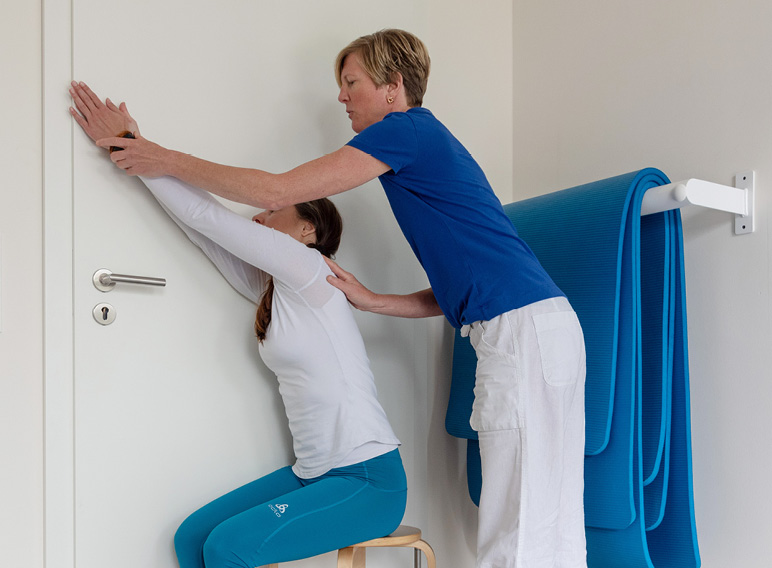
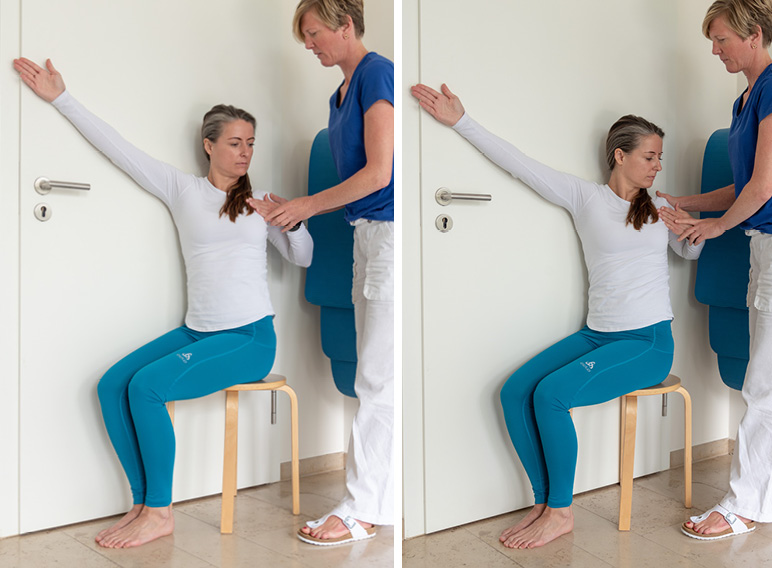
This article was written in cooperation with Marlies Zieger. She works as a physiotherapist in private practice in Munich. She specialises in respiratory therapy. She has been treating patients with chronic obstructive and restrictive airway diseases such as asthma, COPD, cystic fibrosis (CF) and primary ciliary dyskinesia (PCD), for more than 20 years.
Note: The information in this blog post is not a treatment recommendation. The needs of patients vary greatly from person to person. The treatment approaches presented should be viewed only as examples. PARI recommends that patients always coordinate with their doctor and physiotherapist.
An article written by the PARI BLOG editorial team.
© 2025 PARI GmbH Spezialisten für effektive Inhalation